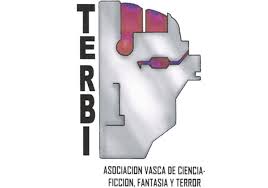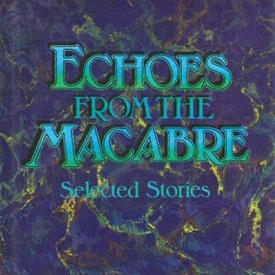 “Gender” has been a buzz word in the SF community recently. Ann Leckie made waves with her 2013 novel Ancillary Justice where the gender of the characters was shrouded from the reader, leaving it to the reader’s imagination on whether a character was male or female (and helped explain the reader’s stance on gender in general). It was certainly a unique and intriguing way to tell a story, but Leckie was not the only author to tackle gender in a SF&F story. Martha Wells (Emilie and the Hollow World) has addressed gender roles in society within her fantasy universe: Books of the Raksura. The main storyline, told in a trilogy of novels from 2011 to 2012, follows the story of Cloud, an orphaned shape-shifter who rediscovers his people, but learns that his fiercely independent nature may not fit well within a society where males like him are kept out of sight and away from important decisions.
“Gender” has been a buzz word in the SF community recently. Ann Leckie made waves with her 2013 novel Ancillary Justice where the gender of the characters was shrouded from the reader, leaving it to the reader’s imagination on whether a character was male or female (and helped explain the reader’s stance on gender in general). It was certainly a unique and intriguing way to tell a story, but Leckie was not the only author to tackle gender in a SF&F story. Martha Wells (Emilie and the Hollow World) has addressed gender roles in society within her fantasy universe: Books of the Raksura. The main storyline, told in a trilogy of novels from 2011 to 2012, follows the story of Cloud, an orphaned shape-shifter who rediscovers his people, but learns that his fiercely independent nature may not fit well within a society where males like him are kept out of sight and away from important decisions.
I didn’t read the Books of the Raksura, however, I did read the anthology Stories of the Raksura, which contained four short stories, most of which are prequels to the trilogy. Right off the bat I can tell you Wells put a lot of work into the Raksura, a species of shapeshifters divided between two sub-species, the wingless arbora and the winged aeriat, and each with different castes. Although humanoid in appearance (most Raksura have a “groundling” form that almost passes for human, but their other forms have scales, frills and spines), biologically and organizationally the Raksura remind me of ants. Raksura are organized under colonies led by queens and inhabit titanic “mountain trees” that are so large their branches sometime suspend their very own forests. While arbora are fertile and mate among themselves, aeriat are only born between a fertile female queen and a fertile male consort (infertile winged warriors are also born from these unions). Reigning queens run the day-to-day affairs of the colonies with the help of their sister and daughter queens and lead excursions outside the colony, whether it be diplomatic missions to other colonies or war. Consorts, on the other hand, are usually cloistered off from the outside world and spend more time on their outward appearance or having sex with female arbora to help spread aeriat genes among the arbora. They don’t usually take part in decision making and are given to another colony’s queen during negotiations for trade or alliance.
I found the fantasy world of Raksura to be engaging and deep. The usual tropes of fantasy (Medieval European setting, creatures inspired from Norse mythology, unbelievably powerful magic users, etc.) are replaced by a variety of different species and monsters of the author’s own mind. The anthology itself is a collection of two new stories and two other stories previously published elsewhere, all set either before or in between the Books of the Raksura. Admittedly I found the first story, “The Falling World”, difficult to follow. Without giving away the plot, the Raksura and their customs are presented without any helpful descriptions from Wells. You are essentially thrown into the deep end of this universe without any assistance from the author, besides a couple of appendixes in the back (which I did flip too a couple of times). In general I am completely fine with that, Reynolds did it all the time in his Revelation Space universe, but then I was a tad annoyed when I started the next story, “The Tale of Indigo and Cloud”, and found several instances where the author took moments to provide small, helpful info dumps on terminology, biology, etc., which made me ask: why wasn’t this the fist story? It would have made “The Falling World” so much easier to follow.
Poor choice of order aside, I still enjoyed the anthology. While I am not a fan of fantasy in general, there was a lot of nice world-building on Wells’ part. Raksura society seemed to function naturally, despite the gender role switch, and Cloud’s tension within it was readily apparent. The stories, meanwhile, relied less on action and more on mystery and court drama. I still have the sense though that the anthology was written more for fans of the Books of the Raksura and with the other two stories (“Forest Boy” and “Adaptation”) already available free online, this might not be a great place to start for those who want to check out an original fantasy story. I would like to recommend the Books of Raksura, but since I only have have read the Stories of Raksura, I am basing this recommendation on incomplete knowledge of the universe. Nevertheless, Stories of Raksura was a refreshing take on the fantasy genre and if you do pick it up, start with Appendix II and III, then read “The Tale of Indigo and Cloud” and then read the rest of the stories starting with “The Falling World”.










